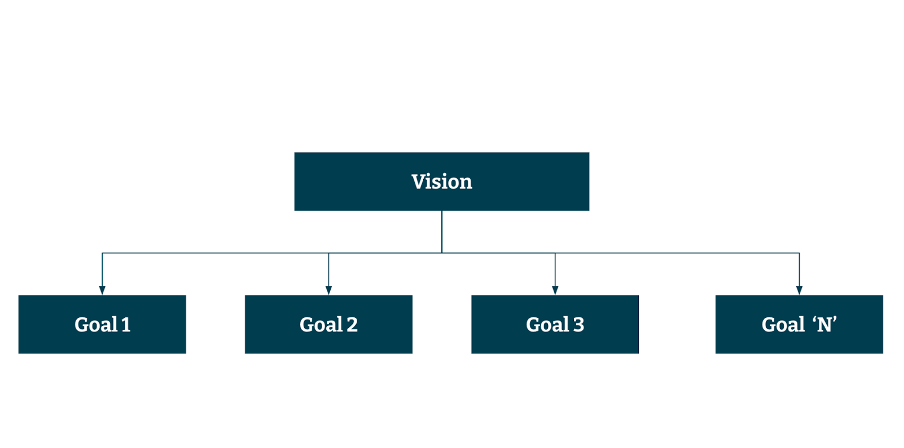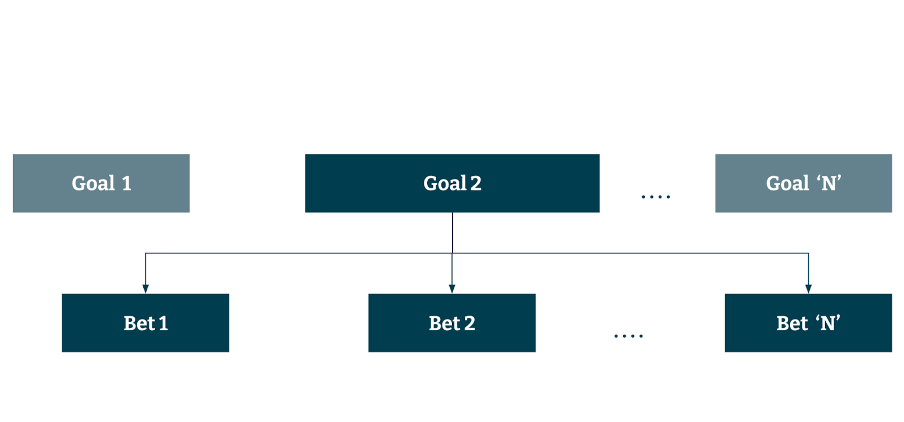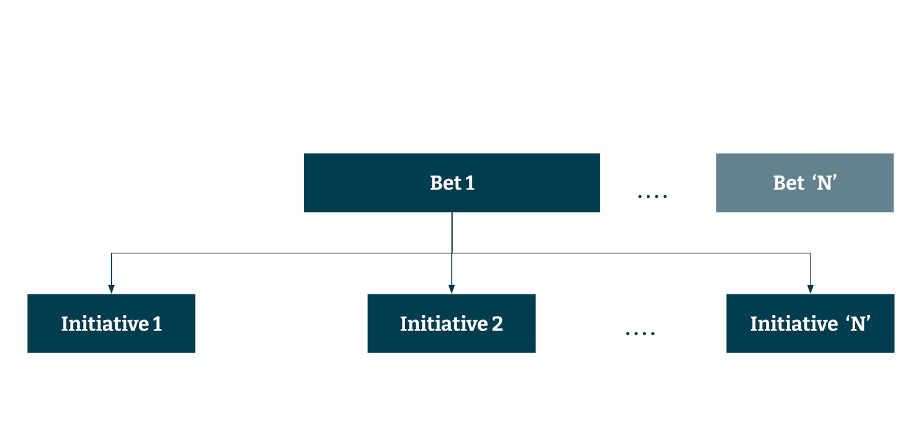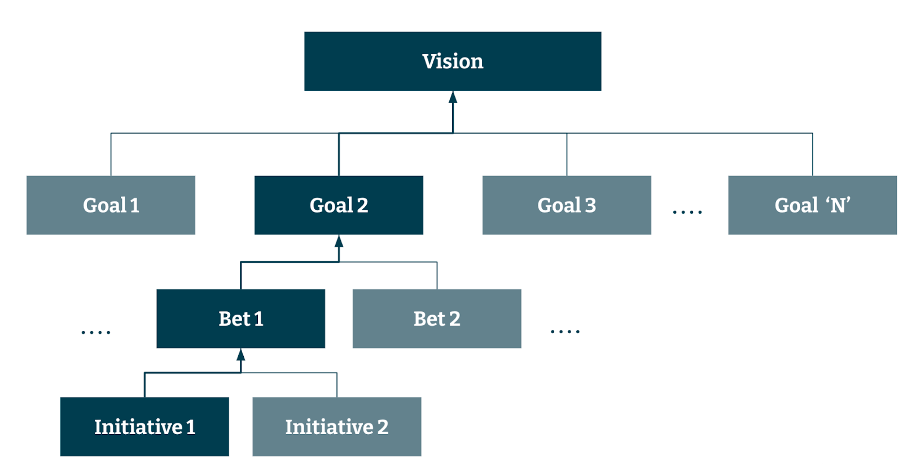Just like any individual, organizations also have dreams and goals. They work hard for them and they hope they achieve them, but hope is not a strategy[1]. Let me explain how something I learnt at work helped me develop my strategy for life. You will see that it can easily be applied to organizations too. Here is that hoppy story.
When it comes to beer, it's Guinness or Paulaner for me and my wife (KD) knows it. When I recently ordered Peroni she said, "you know they have Guinness?"
“I know but I want to try something different,” I answered.
She caught my lie in a split second and made me admit that I went for happy hour to save a few $$. Through some back and forth, she made me question my choices (of saving a few $$ here and there) and all of that for what?
I thought it was all to have more money so that I can lead a better life but then that discussion made me think. More money is that what I want? Having more money will translate into me leading a better life? These dialogues with myself lead me to asking more deeper questions about my choices and life in general. After all, I am in my 40s and I was due for this kind of thoughts.
I spent days thinking about “what do I want with my life?”. I ended up using a technique that I learned at Thoughtworks for conducting strategic workshops with organizations. So, I’d like to introduce you to this simple but elegant and powerful tool - Lean Value Tree (LVT).
It starts with vision and, for me, I came up with - “I want to lead a healthy, meaningful & worry-free life”. Yup, this is my life vision.
This is a flowery statement. How do I even go about realizing this vision? What’s the next steps?
I asked myself the same thing - what I need to achieve to realize my life vision? I came up with the following. I called them goals.
Good physical and mental health
Good social capital
Financial freedom and
Sustainable hobby/interest outside of work


Better but still a little high level for me to put into action. I needed to go a bit deeper. So I asked “What can I do to achieve good physical and mental health (goal 1)?”. I came up with the list below and I call them bets.
Active lifestyle
Healthy eating
Mental well being


Bets are hypotheses of value. I called them bets because at this point it’s not yet proven that by acting on them I will live a healthier life, mentally and physically. I still have to measure and validate.
Now for each bet I need to know “what are the concrete steps I will need to take?”. I will call them initiatives.
Active lifestyle → running/jogging, taking stairs instead of escalator
Healthy eating → less fried food, more fruits and vegetables, less sugar
Mental well being → daily yoga/meditation, proper sleep


I hope you have started to get the full picture by now. If we put all these together, we end up with a LVT. Everything in the tree stems from the vision and is framed in terms of outcomes, making it clear the value they provide to achieve the vision.


LVT is a tool for defining outcome-based strategies. Be it an outcome for your product, your portfolio, your organization or even your life. Every node on that tree spawned from that vision and, hence each can be traced back to the vision.
I encourage you all to read more about it in the EDGE book, which incorporates LVT as one of the tools used for value driven digital transformation.
Sounds great, yeah? Although, we are not done yet. After doing all this fantastic work, how can we answer the following
Did our hypothesis meet our expectations?
Did we achieve our goals (or how far we are) and hence vision?
To answer that, we need data and that comes from first defining “Measure of Success (MoS)”.
Let’s talk about this in part two.
Disclaimer: The statements and opinions expressed in this article are those of the author(s) and do not necessarily reflect the positions of Thoughtworks.


















